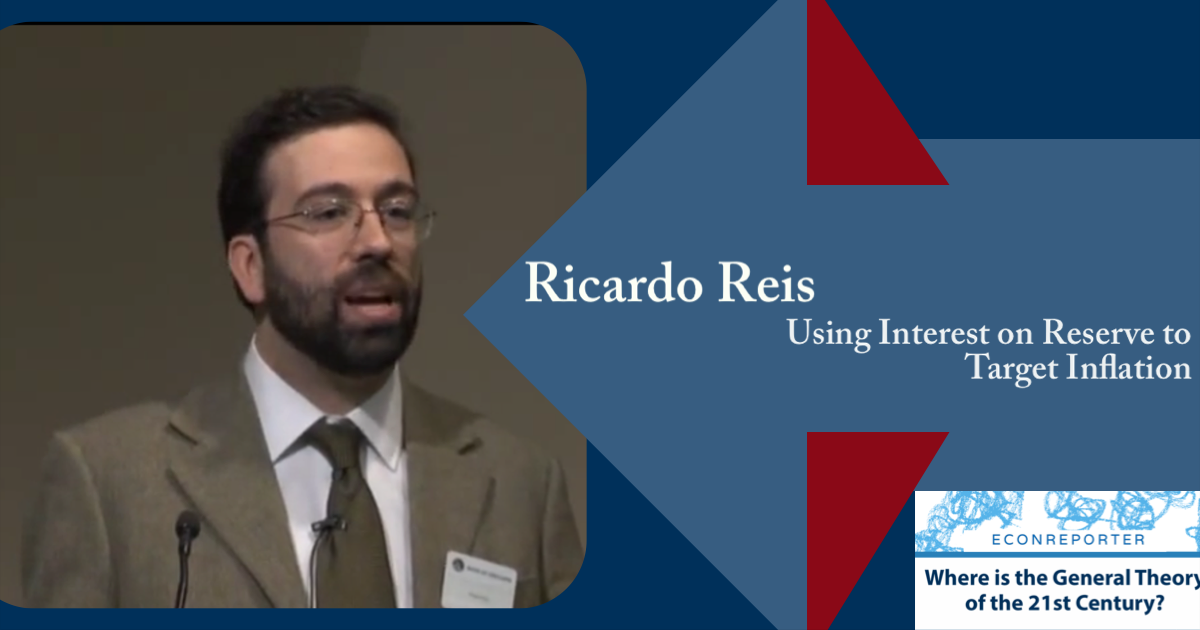The payment on reserve process proposed by Robert Hall and Ricardo Reis is a way of remunerating reserves which would give the central bank better control over the price level.
The basic intuition is that given the central bank offer reserves that promised an indexed payment instead of an interest rate, for $1 of reserve the bank could receive a payment (x) tomorrow that is indexed to the price level then (p’). Therefore:
= (1+x) (p)
The one above is the base case for payment on reserves process. In their research paper “Achieving Price Stability by Manipulating the Central Bank’s Payment on Reserves“, Hall and Reis demonstrated that with certain alterations, the payment on reserves process can be applied not just to indexed nominal payment on reserves, but also on simple nominal payment on reserves with a very similar intuition. The authors also considered how certain fractions like segmentations of the financial markets, mismeasurement of the real interest rate and nominal rigidities affect the payment on reserves process. They showed that the payment on reserves rule still works under those fractions.
Reference: “Achieving Price Stability by Manipulating the Central Bank’s Payment on Reserves“











